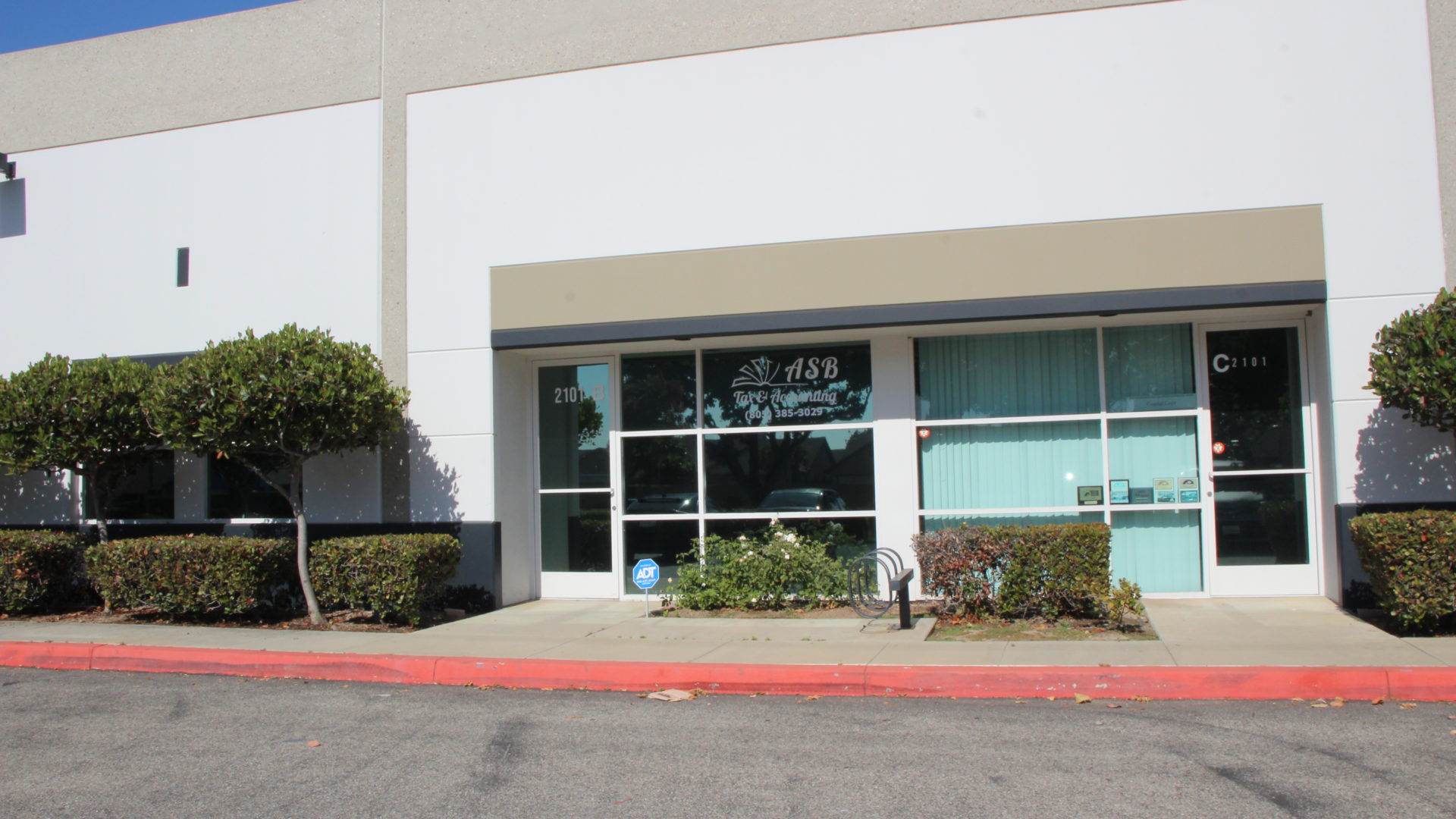How to use savings accounts to maximize your tax benefits
One of the most effective financial strategies that is often overlooked is the use of savings accounts to maximize tax benefits. These accounts, when managed properly, not only help increase personal savings, but also offer tax advantages that can reduce your tax burden. Taking advantage of tax-advantaged savings accounts is a smart way to make your money work harder for you, while optimizing your personal finances.
Tax-advantaged savings accounts , such as IRAs (Individual Retirement Accounts) or Health Savings Accounts (HSAs), offer incentives that allow you to save for specific needs while reducing the taxes you owe each year. Depending on the type of account you choose, you may be able to get immediate tax deductions or delay paying taxes on the earnings until you withdraw the funds.
One of the main benefits of a traditional IRA is that the contributions you make may be tax-deductible, which lowers your taxable income in the year you make the contribution. This means that the more you contribute to the account, the greater the reduction in the amount of taxes you will have to pay that year. Additionally, earnings generated within an IRA savings account are not subject to taxes until you withdraw the money during retirement, allowing your savings to grow more efficiently.
Another type of savings account that is useful for maximizing tax benefits is the Roth IRA savings account. Although contributions to a Roth IRA are not tax-deductible, the earnings you accumulate within the account grow tax-free. When you retire, you can withdraw both the contributions and the earnings without having to pay taxes on them, as long as you follow IRS rules. This is especially advantageous for younger people or those who anticipate being in a higher tax bracket in the future.
In addition to IRAs, health savings accounts (HSAs) are another powerful tool for maximizing tax benefits, especially for those who have high-deductible health plans. HSAs allow contributions to be tax-deductible, earnings to grow tax-free, and withdrawals to also be tax-free if used for qualified medical expenses. Not only does this type of account help you save money for future medical expenses, but it also offers considerable tax relief.
A key strategy to make the most of these savings accounts is to contribute regularly and up to the maximum allowed by the IRS. By maximizing your annual contributions, you can reap the most tax benefits possible and ensure that your money grows over time. It’s also important to stay on top of changes in tax regulations, as contribution limits and tax incentives can vary from year to year.
It’s critical to understand that the tax benefits of these accounts are cumulative. The earlier you start contributing, the more time you’ll have to benefit from compound growth and tax incentives. For example, if you open an IRA or HSA savings account when you’re young, your savings will have decades to grow without being subject to taxes, which could result in a significant amount of additional money when you retire or need to cover medical expenses.
Another important aspect is that many of these savings accounts also offer death benefits. In a Roth IRA, for example, heirs can receive the funds without paying taxes on the earnings, which can be a useful tool in your estate planning. It’s crucial to speak with a financial advisor to determine which of these accounts is best for your personal circumstances and to ensure you’re maximizing your tax benefits.
While these accounts offer great benefits, it’s vital to follow the rules set by the IRS. Withdrawing money from an IRA before retirement age, or using an HSA for non-qualified expenses, can result in penalties and paying taxes on the money withdrawn. Maintaining a good understanding of the rules and limits will allow you to get the most out of these financial tools.
Using tax-advantaged savings accounts like IRAs and HSAs can be a smart strategy to maximize tax benefits and improve your personal finances in the long run. Taking advantage of these incentives can help you reduce your current tax burden while saving for future needs like retirement or medical expenses.

